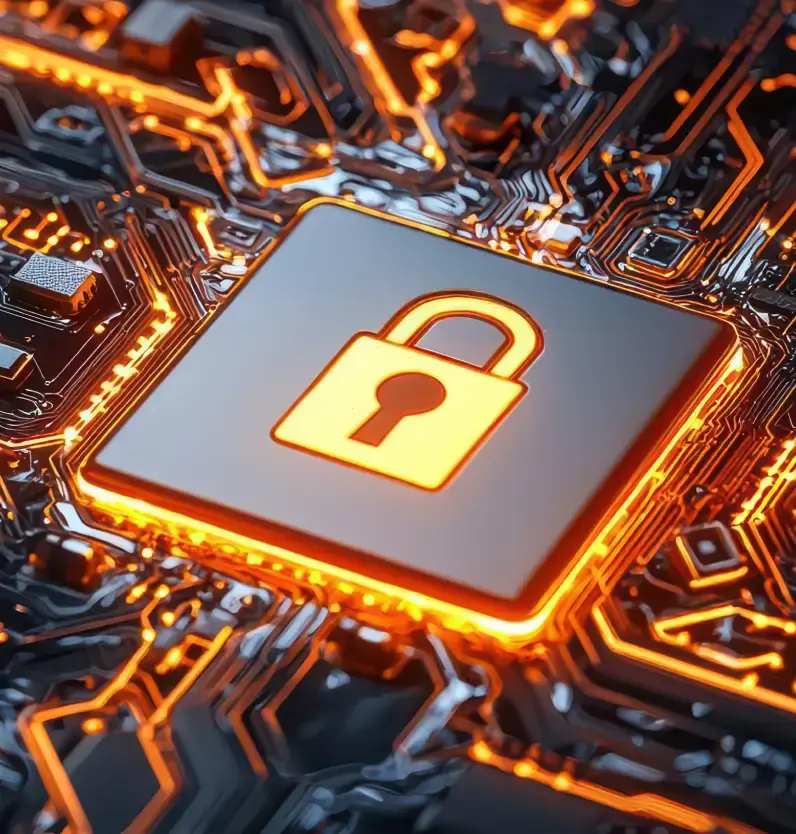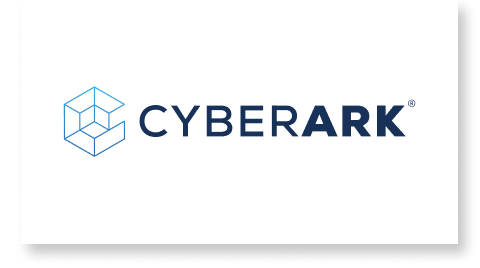A Comprehensive Cybersecurity Lifecycle
is Essential for Ransomware Resilience
Federal agencies are increasingly targeted by cybercriminals and nation-state threat actors due to the vast amount of sensitive data they manage, and the persistence of easily exploitable vulnerabilities related to legacy systems and antiquated security controls. Considering ransomware is one of the most common and severe attack vectors utilized, agencies require a holistic strategy built on integrating innovative solutions to automate and benchmark processes for end-to-end ransomware protection.
73%
of federal agencies affected by ransomware in 2024 paid a ransom—compared to 62% of non-federal entities.
25%
of federal organizations that paid the ransom still paid less than half of the initial demand (compared to 17% of U.S. federal respondents overall).
15%
of federal agencies affected by ransomware in 2024 paid a ransom—compared to 62% of non-federal entities.
30%
of federal agencies claimed they were “completely prepared” for ransomware—yet 40% admitted they weren’t prepared at all post-attack.
Unfortunately, many agencies currently lack a comprehensive strategy capable of protecting against cybercriminals’ evolving ransomware tactics, techniques, and procedures (TTPs). Most agencies we work with focus their security controls on vulnerability management and threat detection with tools like Endpoint Detection and Response (EDR), and while a necessary component of cybersecurity best practices, reliance on EDR solutions leaves critical security gaps and fails to prevent sophisticated ransomware threats. For effective ransomware protection, it is crucial for the U.S. Government to adopt and automate controls for prevention, response, and recovery in addition to detection measures.
Automate Ransomware Prevention, Detection, Response, and Recovery
Merlin Cyber delivers an integrated and proven ransomware protection solution by leveraging innovative cybersecurity platforms and meticulously testing efficacy against known and emerging ransomware strains. By combining Identity and Access Management, Vulnerability Management, Threat Detection and Response, Cryptographic Security, and Data Resilience capabilities, federal agencies can ensure mission critical data is protected against all stages of a ransomware attack.

Ransomware
Prevention
CyberArk’s robust identity security controls enforce least-privilege and zero trust principles to prevent privilege escalation, lateral movement, and other ransomware attack vectors.

Ransomware Detection and Response
Qualys automates vulnerability management and EDR capabilities to detect and remediate exploitable CVEs, continuously monitor assets, and prioritize patching for effective risk reduction.

Ransomware
Recovery
Veeam’s ransomware recovery and data resilience solutions automate immutable backups of mission critical data, ensure secure and rapid restoration, and validates complete ransomware eviction.

Featured Resources
Expert Insights and Best Practices











